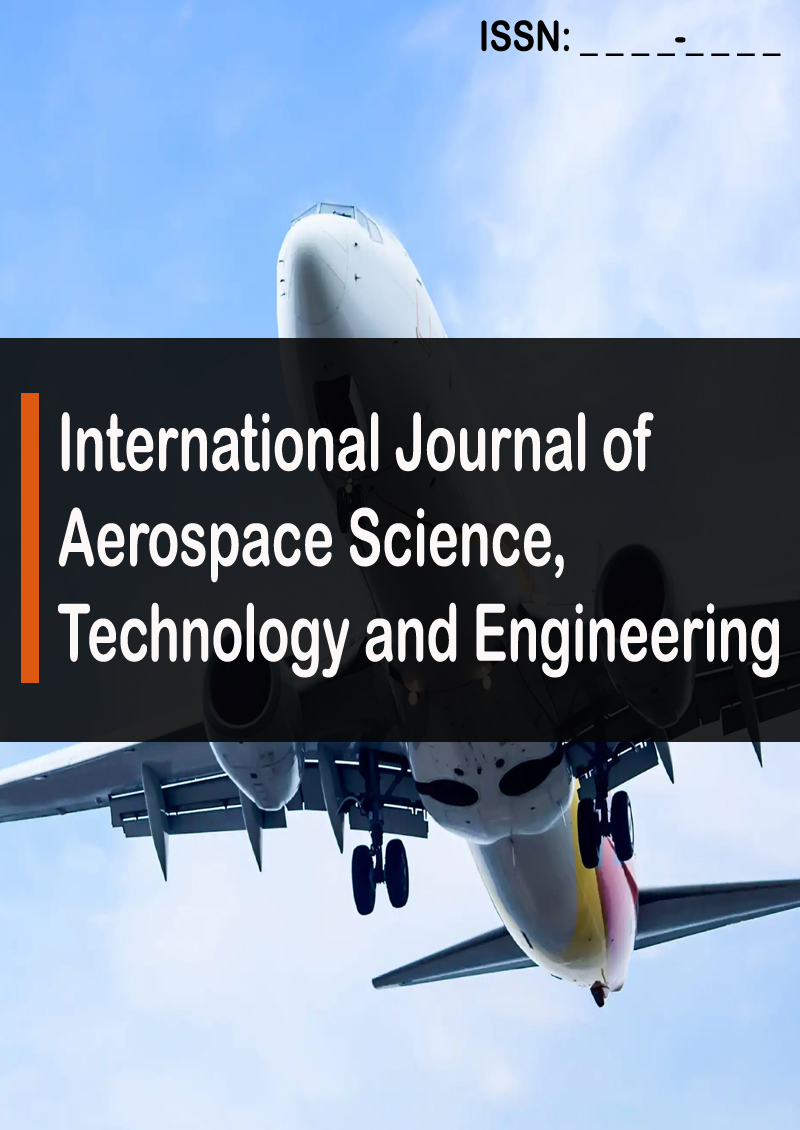The Future of BIM Using Artificial Intelligence Tools
Abstract
Jorge Pablo and Aguilar Zavaleta
The integration of Artificial Intelligence (AI) into Building Information Modeling (BIM) is redefining the paradigms of architecture, engineering, and construction (AEC). Recent studies indicate that this technological synergy could increase productivity by 20-30%, reduce costs by up to 20%, and decrease material waste by 50%, according to analysis by Satabim (2024) and AMS India (2023). AI optimizes critical processes, such as automatic clash detection in BIM models, which currently consumes 15% of the time in conventional projects, freeing up resources for strategic innovation. Generative design tools, supported by machine learning algorithms, allow thousands of architectural component variants to be explored in minutes, overcoming the limitations of the manual approach. Success stories, such as the sAIfety platform, demonstrate a 40% reduction in workplace incidents through predictive risk analysis. Furthermore, digital twins, powered by AI and IoT, synchronize data in real time to optimize maintenance and energy efficiency, achieving operational savings of 25% in pilot projects (Softlabs Group, 2023). However, challenges remain 68% of AEC firms report technical barriers to software interoperability (DowntoBid, 2024), while compliance with regulations such as GDPR complicates the handling of sensitive data. Adopting BIM-AI requires investments in training and technology, but organizations leading this transition are positioning themselves as leaders in Construction 4.0. This approach not only drives sustainability but redefines evidence-based decision-making, marking a historic turning point for the AEC industry.



